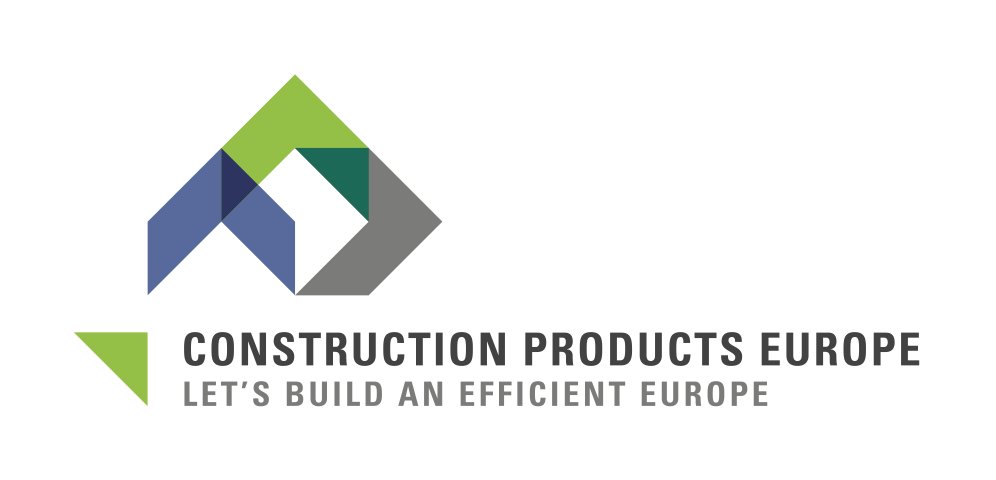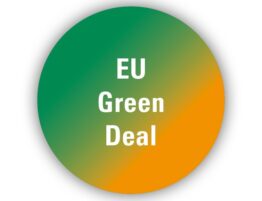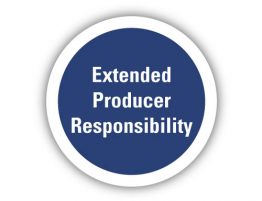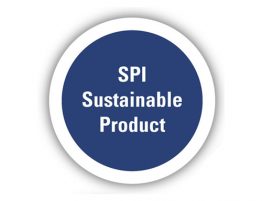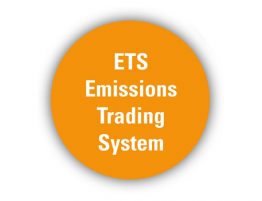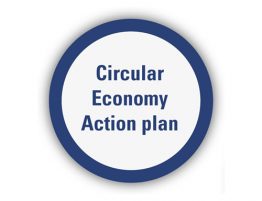Waste Framework Directive 2008/98/EC
This directive establishes the legislative framework for the handling of waste in the European Union. It includes the definition of key concepts such as waste, recovery and disposal and puts in place the essential requirements for the management of waste.
A fit for all solution is not applicable to construction demolition waste
A usual criticism of this directive comes from the divergences in the way it is implemented by Member States, but this point is difficult to solve considering the competence sharing agreed in the European treaties. The definition of end of waste is one of the sources of conflict because, unless a European criterion is established, every Member State is entitled to define them. The EC is discussing the possibility to develop end of waste criteria for the most common waste flows but the resources required and the limited impact in practice is slowing down the process.
Another crucial topic defined in the last revision of the directive is the implementation at European level of a database of product containing substances of very high concern (SVHC) to be available for recyclers and consumers (SCIP database). The initiative is expected to be a solution to the problem of legacy substances in recycled materials, one of the main obstacles for the increase of circularity in the production of goods.
The main concern of the construction products industry is the difficulty to connect the information provided with the product because of the time since the product is installed and the buildings is demolished, the activities in the construction and use phase and the lack of a traceability tool to connect the building, the product and its registry.
This kind of databases only makes sense if properly connected with the delivery of construction products technical information, already covered by the CPR and if properly digitalised and integrated in building logbooks for new products placed on the market. Nevertheless, material flows obtained from demolished buildings will not be reflected in the database. A pragmatic approach for them would be the development of generic waste streams information.
SCIP database is running and manufacturers are obliged to submit notifications related to the products within the scope but it needs to be improved to facilitate the process when dealing with complex products and the registry of product families with identical information or following a worst-case approach.
Manufacturers need to submit the following information to ECHA
ECHA ensures the protection of sensitive information, for example, the links between actors in the same supply chain
Identification of your article
The name, concentration, range and location of the Candidate List Substances present in it
Other information that allows its safe use – notably information to ensure the article is properly managed once it becomes waste
The information in the SCIP database is made publicly available, in particular to waste operators and consumers
ECHA ensures the protection of sensitive information, for example, the links between actors in the same supply chain
Summary of information delivered to the SCIP database by manufacturers
